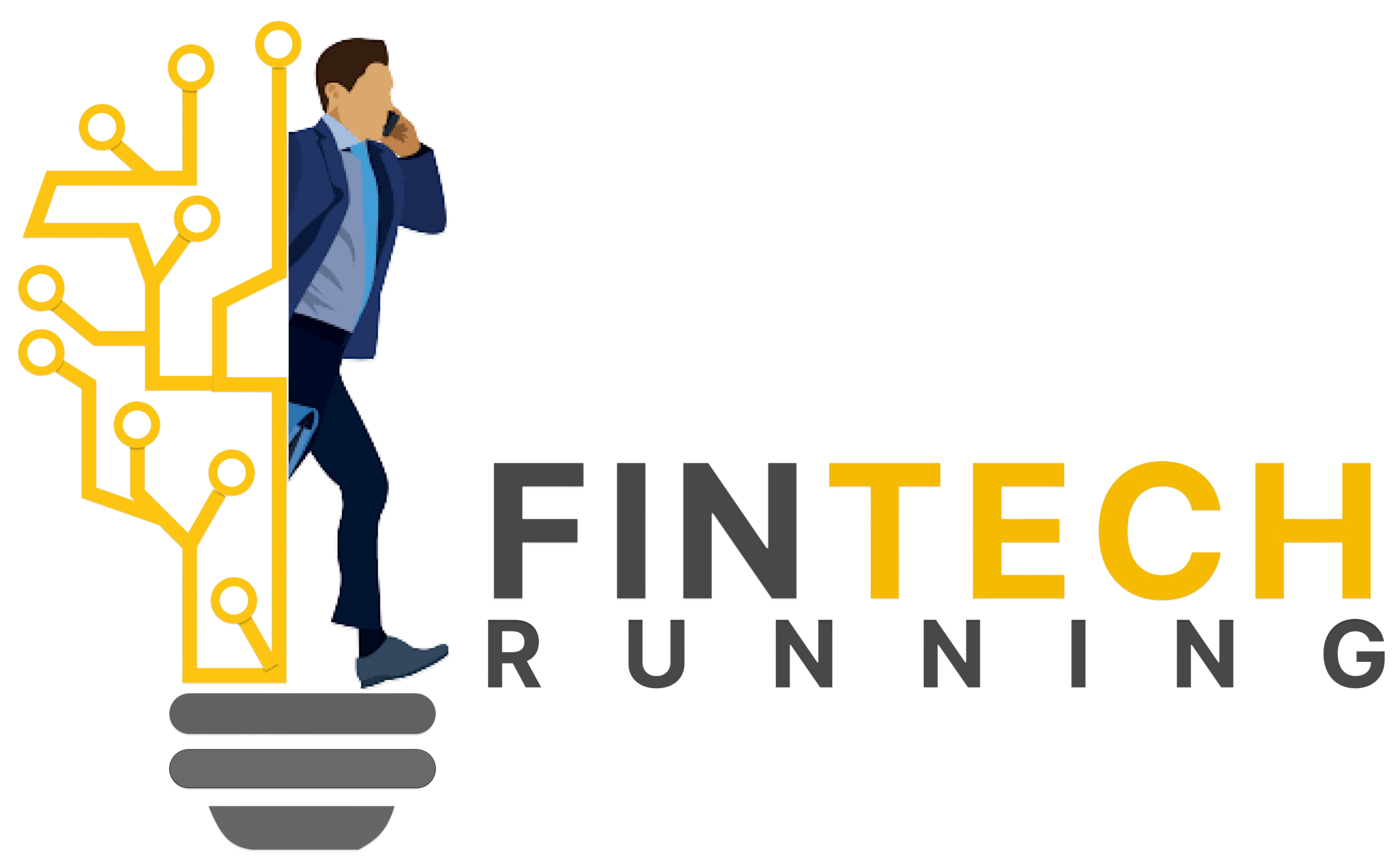How To Make Enhancing Crypto Trade

Enhancing crypto trade programming requires a well-thought-out innovation stack that can provide the necessary tools and technologies to build a robust and scalable trading platform. The right innovation stack can significantly impact the performance, security, and overall success of your crypto trading company. Here’s a guide to choosing the best innovation stack:

1. **Define Your Requirements:**
Clearly outline the goals and requirements of your crypto trading platform. Consider factors like trading volume, security, latency, scalability, user experience, and regulatory compliance. Having a clear understanding of your needs will guide your technology choices.
2. Core Technologies:
Select the foundational technologies for your platform:
**Programming Languages:** Choose languages known for their performance and reliability, such as Python, Java, C++, or Go.
**Database:** Opt for a high-performance database that can handle large volumes of trading data. Options include PostgreSQL, MySQL, or NoSQL databases like MongoDB.
3. **Real-time Data Streaming:**
Crypto trading requires real-time data processing. Consider using technologies like Apache Kafka, RabbitMQ, or Redis Streams for efficient and reliable data streaming.
4. **Exchange Connectivity:**
To interact with different crypto exchanges, use APIs or SDKs provided by the exchanges. Python libraries like CCXT can simplify exchange connectivity.
5. **Microservices Architecture:**
Implement a micro-services architecture to modularization your platform. This enhances scalability, maintainability, and deployment flexibility.
6. **Containerization and Orchestration:**
Technologies like Docker for containerization and Kubernetes for orchestration enable efficient deployment and scaling of micro-services.
7. **Web Frameworks:**
Choose web frameworks like Django, Flask (Python), Spring Boot (Java), or Express.js (Node.js) for building APIs and user interfaces.
8. **Front-end Technologies:**

For user interfaces, consider using modern JavaScript frameworks like React, Angular, or Vue.js to create responsive and interactive front-end experiences.
9. **Security:**
Security is paramount in crypto trading. Implement best practices like encryption, two-factor authentication (2 FA), Oath for API security, and regular security audits.
10. **Machine Learning and Analytics:**
Implement machine learning models for predictive analytics, fraud detection, and trading strategies. Libraries like TensorFlow and sci-kit-learn can be helpful.
11. **Cloud Services:**
Leverage cloud services like AWS, Azure, or Google Cloud for scalability, reliability, and cost-effectiveness. Services like AWS Lambda, ECU, and S3 can be crucial.
12. **Monitoring and Logging:**
Implement robust monitoring and logging using tools like Prometheus, Grafana, ELK stack (Elasticsearch, Log-stash, Kibana), or commercial solutions like Data-dog.
13. **Automated Testing and Continuous Integration/Continuous Deployment (CI/CD):**
Set up automated testing and CI/CD pipelines to ensure code quality and streamline deployment processes.
14. **Regulatory Compliance:**
Depending on your jurisdiction, ensure compliance with regulations like KYC (Know Your Customer) and AML (Anti-Money Laundering).
15. **Customer Support and Communication:**
Integrate customer support tools and communication channels such as chatbots, email, and notifications.
16. **Backup and Disaster Recovery:**
Implement robust backup and disaster recovery mechanisms to ensure data integrity and availability.
17. **Community and Open Source:**
Engage with the crypto and trading community, and consider contributing to open-source projects that align with your platform’s goals.
18. **Scalability:**
Design your architecture with horizontal scalability in mind, allowing your platform to handle increasing user demand.
Remember that the choice of technologies should align with your team’s expertise, the specific requirements of your platform, and your budget constraints. Regularly review and update your innovation stack to incorporate new technologies and practices as the crypto trading landscape evolves.



